
7 Best Foods to Rebuild Your Muscle Strength After 50
7 Best Foods to Rebuild Your Muscle Strength After 50
Have you noticed that your strength isn’t quite what it used to be? Tasks that once felt effortless — climbing stairs, lifting groceries, or even getting out of a chair — now take a little more effort. That’s not just “getting older.” It’s often the result of sarcopenia, the age-related loss of muscle mass and strength that begins around age 50.
The good news? You can fight back. While some muscle loss is natural, the right foods can dramatically slow down, and even reverse, this decline. The secret isn’t in expensive supplements or artificial protein powders — it’s in whole, nutrient-dense foods that nourish your muscles, bones, and metabolism.
Today, we’ll uncover the 7 real foods that rebuild strength naturally — and show you how to prepare them so your body can truly absorb their benefits. (Based on insights from Dr. Iñigo Martín.)

🥗 Key Takeaways
-
Prioritize Whole Foods: True muscle-building power comes from natural, unprocessed foods — not sugary protein bars or synthetic shakes.
-
Complete Proteins Matter: Foods like quinoa and tofu contain all nine essential amino acids needed for muscle repair.
-
Smart Carbs for Steady Energy: Nutrient-rich carbs like oats and sweet potatoes fuel your muscles without spiking blood sugar.
-
Minerals Are Essential: Potassium, magnesium, and iron are the “spark plugs” of muscle function. Foods like almonds, lentils, and chickpeas deliver them in abundance.
-
Preparation Unlocks Nutrition: Soaking, pressing, and activating foods makes nutrients more bioavailable and easier to digest.
🚫 The Billion-Dollar Trap: How Processed Proteins Are Sabotaging You
Before we dive into the real foods that strengthen you, it’s worth exposing a myth: the “quick protein fix.”
The food industry has turned protein into a billion-dollar business, flooding the market with bars, powders, and shakes that claim to build lean muscle. The truth? Most of them do the opposite — spiking your blood sugar, causing inflammation, and slowing muscle recovery.
⚠️ Protein Bars: Candy in Disguise
That “20 grams of protein” bar often contains glucose syrup or maltodextrin as its second ingredient. These sugars cause insulin spikes that actually block muscle repair and promote fat storage. Feeling sluggish or bloated afterward? That’s your body signaling it doesn’t recognize what you just ate as real food.
🥩 Processed Meats: Hidden Sodium and Chemicals
Even “healthy” vegetable sausages or deli meats can contain up to 400 mg of sodium per small serving — half your daily limit in just a few slices. Add nitrites (preservatives that can form harmful nitrosamines in your stomach), and you’re feeding inflammation, not strength.
🧃 Protein Shakes: Artificial Overload
Many store-bought shakes contain ingredients like sucralose, acesulfame K, and xanthan gum. These chemicals irritate the gut lining, disrupt beneficial bacteria, and make nutrient absorption harder. If you feel bloated or gassy after drinking one, your gut is waving a red flag.
💡 Pro tip: If you do use a protein powder, the ingredient list should contain only one thing — the protein itself (e.g., “pea protein isolate” or “whey protein concentrate”). Or better yet, make your own post-workout snack: blend dates, almonds, and cocoa for an all-natural energy ball rich in fiber and minerals.
🏋️♀️ 7 Foods That Naturally Rebuild Muscle After 50
7. Quinoa — The Complete Plant-Based Protein
When people think of muscle-building, they picture meat. But quinoa is a complete plant protein, containing all nine essential amino acids your body needs for repair.
Each tiny grain acts like a “muscle repair capsule.” Unlike rice or pasta, which primarily provide energy, quinoa gives your body both fuel and the raw materials for rebuilding muscle tissue.
Quinoa also provides slow, steady energy — no sugar crashes or post-meal fatigue. Half a cup at breakfast or lunch can keep your energy stable for hours.
Preparation Tip:
Rinse quinoa under cold water for 30 seconds to remove bitter saponins. Cook it in vegetable broth instead of plain water for richer flavor. Combine it with lentils or chickpeas for a plant-based protein powerhouse.
6. Sweet Potato — The Intelligent Fuel Source
If quinoa repairs your muscles, sweet potatoes fuel them. These bright orange roots release carbohydrates slowly, keeping your blood sugar stable and your energy consistent throughout the day.
A single medium sweet potato delivers 540 mg of potassium, more than a banana. Potassium regulates every muscle contraction in your body, while magnesium — also found in sweet potatoes — ensures those contractions happen smoothly and without cramps.
Its vibrant color comes from carotenoids, powerful antioxidants that protect your muscle cells from oxidative stress.
Preparation Tip:
Bake sweet potatoes whole, with skin on, at 400°F (200°C) for about 45 minutes. The skin holds much of the fiber and minerals that keep your muscles and digestion strong.
5. Chickpeas — The Economical Powerhouse
For under a dollar, you can get one of nature’s best muscle-rebuilding foods. A cup of cooked chickpeas delivers 15 grams of clean protein plus fiber, iron, and manganese — a mineral essential for turning nutrients into energy.
Without manganese, your body can’t efficiently use the protein you eat. One cup of chickpeas gives you 85% of your daily manganese needs. They’re also rich in folate, which helps produce new muscle cells.
Preparation Tip:
Soak dry chickpeas overnight with a pinch of baking soda to reduce gas and neutralize anti-nutrients. Use them for homemade hummus, stews, or even protein-rich veggie patties.
4. Lentils — The Muscle-Building Switch
Lentils are your secret weapon for activating muscle growth. They’re loaded with leucine, the amino acid that triggers the body’s “muscle-building switch” (the mTOR pathway).
One cup provides 1.3 grams of leucine — combine with brown rice or nuts to hit the ideal 2.5 grams for muscle synthesis. Lentils also supply steady, slow-digesting carbs and iron, helping fight fatigue and improve oxygen transport.
Preparation Tip:
Cook lentils with tomato or lemon juice to enhance iron absorption. Soaking them for a few hours with apple cider vinegar improves digestibility and nutrient release.
3. Oats — The Misunderstood Breakfast Staple
Oats can be your best breakfast friend — or a wasted opportunity — depending on how you prepare them. Raw oats contain phytic acid, which blocks absorption of minerals like zinc and iron.
The fix? Soak oats overnight in water with a splash of lemon juice or apple cider vinegar. This activates phytase, the enzyme that neutralizes phytic acid, unlocking all the hidden nutrients.
In the morning, your oats become a nutrient-packed bowl loaded with magnesium, zinc, and iron — all critical for muscle contraction, repair, and oxygen transport.
Preparation Tip:
Cover ½ cup rolled oats with water, add 1 teaspoon lemon juice, and leave overnight. Drain and rinse in the morning for perfectly “activated” oats ready to eat or cook.
2. Firm Tofu — The Bone and Muscle Builder
Firm tofu is a dual-action food: it builds muscles and strengthens bones. A 100-gram serving provides 10 grams of complete protein and 350 mg of calcium — all in a highly absorbable form.
Unlike dairy, tofu’s calcium comes paired with magnesium, creating a natural balance that supports both bone and muscle health.
Despite myths, soy’s plant estrogens (isoflavones) are mild and beneficial, not hormone disruptors. In fact, research shows they can help maintain bone density after menopause.
Preparation Tip:
Press tofu for 15 minutes to remove excess water, then marinate in soy sauce, ginger, and garlic before pan-frying. This helps it absorb flavor and achieve a satisfying, meaty texture.
1. Almonds — The Pocket-Sized Magnesium Boost
Almonds are tiny but mighty. Just one ounce (about 23 almonds) delivers 80 mg of magnesium — the mineral responsible for muscle relaxation and recovery. Low magnesium levels can lead to cramps, stiffness, and restless sleep.
They also supply vitamin E, a potent antioxidant that protects muscle cells from oxidative stress during exercise or aging.
Preparation Tip:
Soak raw almonds overnight in warm water. In the morning, they’ll be softer, sweeter, and easier to digest. Enjoy a handful before bed to help relax your muscles and improve sleep quality.
Choose raw or dry-roasted almonds — avoid those roasted in cheap oils, which destroy their delicate nutrients.
🧩 Conclusion: The Real Recipe for Strength
True strength isn’t built from a single “superfood” — it’s created through consistency and variety. Each of these foods contributes something unique:
-
Quinoa for amino acids
-
Sweet potatoes for energy
-
Chickpeas and lentils for plant protein
-
Oats for minerals
-
Tofu for calcium and repair
-
Almonds for recovery and relaxation
Preparation is the secret multiplier. Soaking, pressing, and activating these foods allows your body to absorb their full potential.
Most importantly, listen to your body. Cramps, fatigue, and stiffness are signals that it needs better fuel — not just more calories. No matter your age, every meal is a chance to rebuild strength and preserve your independence.
The power to stay strong after 50 isn’t in a bottle or a bar.
It’s right there — on your plate.
Source: Adapted from the work of Dr. Iñigo Martín and current nutritional science research (2025).
News in the same category


The B Vitamin Solution: How to Lower Blood Pressure When Medications Fail
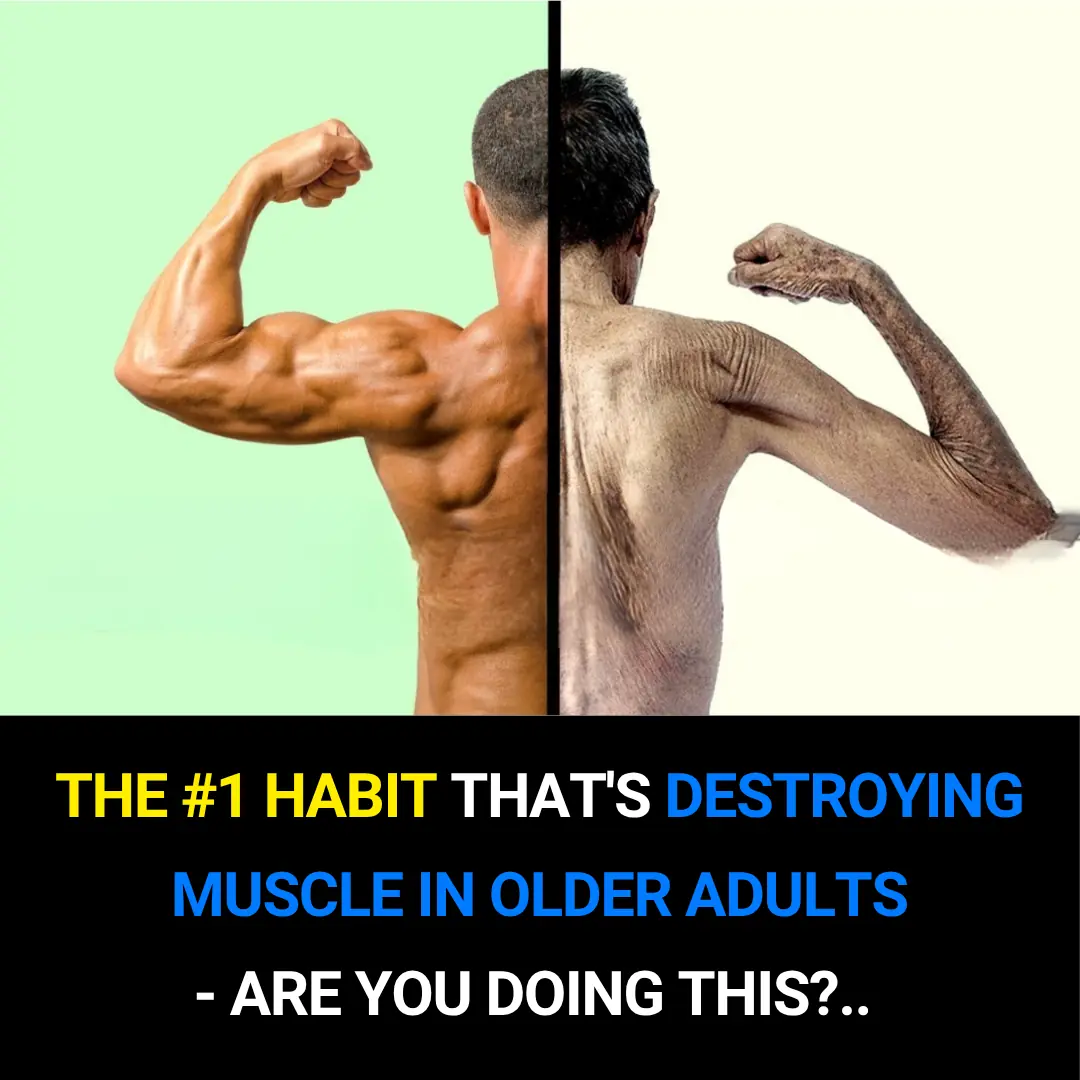
The #1 Habit That’s Quietly Destroying Muscle in Older Adults — Are You Guilty of This?

3 Warning Signs That Appear Days Before a Stroke Everyone Should Know to Prevent It

9 Hidden Causes of Bloating (And the Science-Backed Fixes)

5 Common Habits That Are Secretly Harming Your Heart You Probably Didn’t Know

Eat cloves every day, but avoid this common mistake!
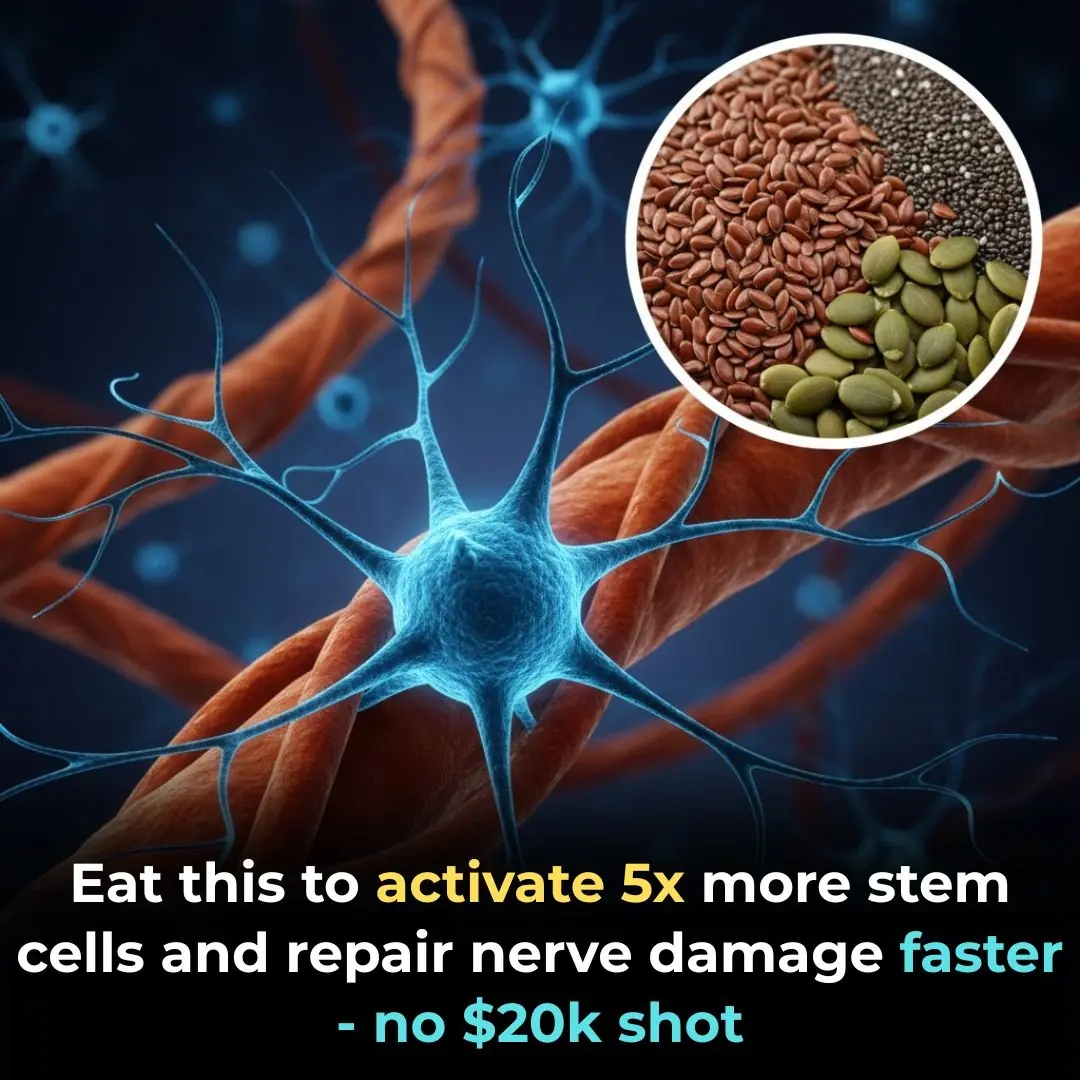
Eat this to activate 5x more stem cells and repair nerve damage faster — no $20k shot
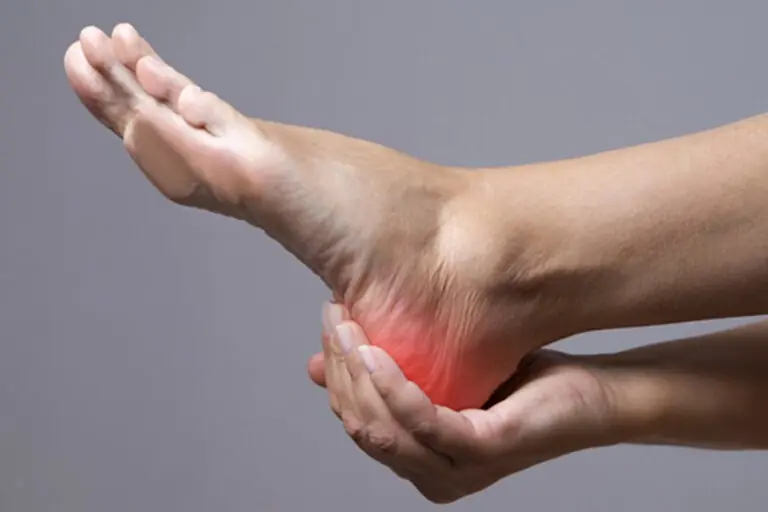
YOUR FEET ARE A 'BLOOD SUGAR METER' BEWARE OF DIABETES IF YOU FREQUENTLY EXPERIENCE THESE 12 SYMPTOMS

The Hidden Consequences of a S*xless Life

Keeping these 4 things on your bedside table can easily cause insomnia and hair loss

Take lemon and garlic on an empty stomach for 7 days — unclog your arteries

Put these two under your tongue to stop inflammation fast

Eat cloves every day, but avoid this common mistake!
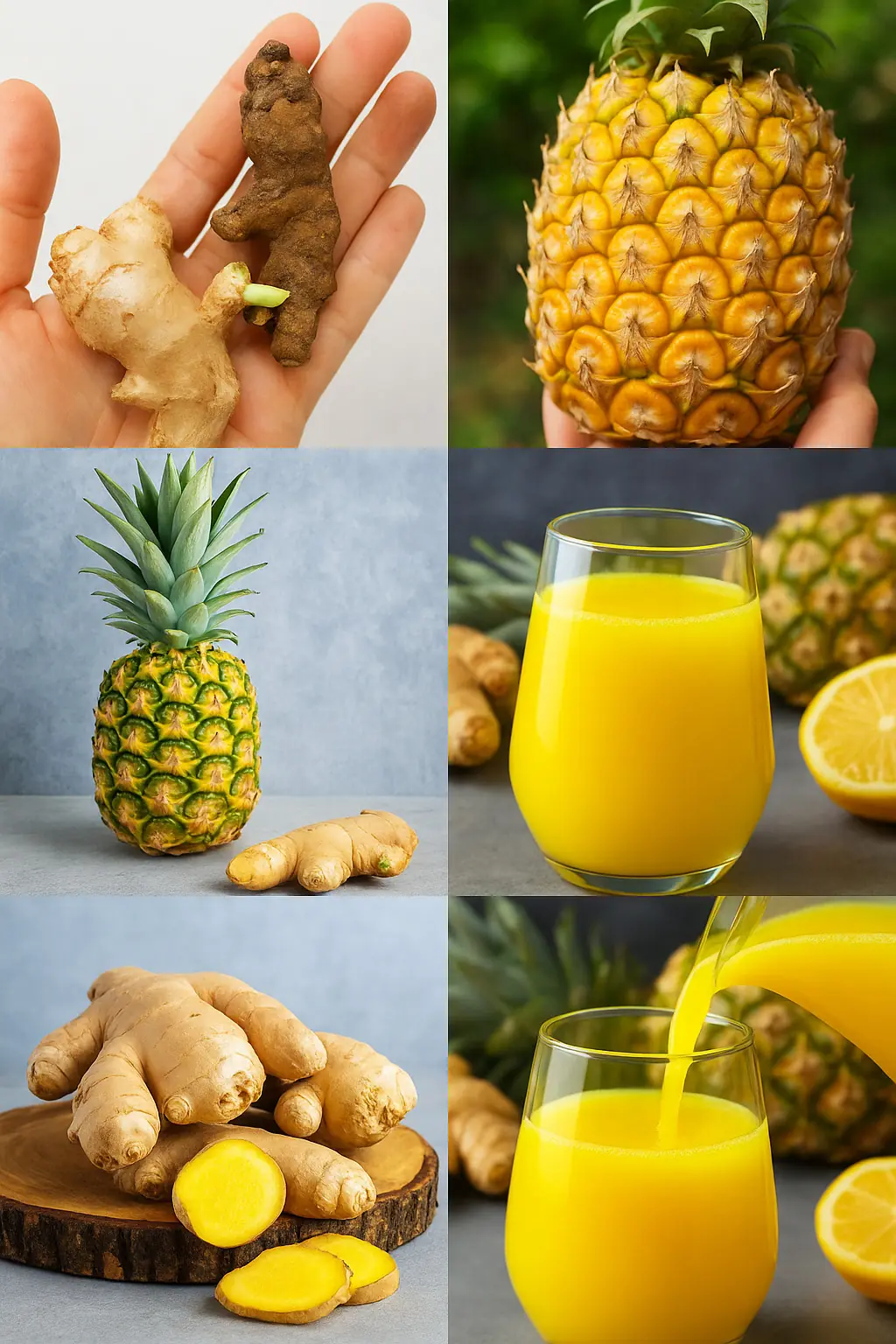
Powerful Natural Blend for Men Over 40: Restore Strength and Vitality Naturally
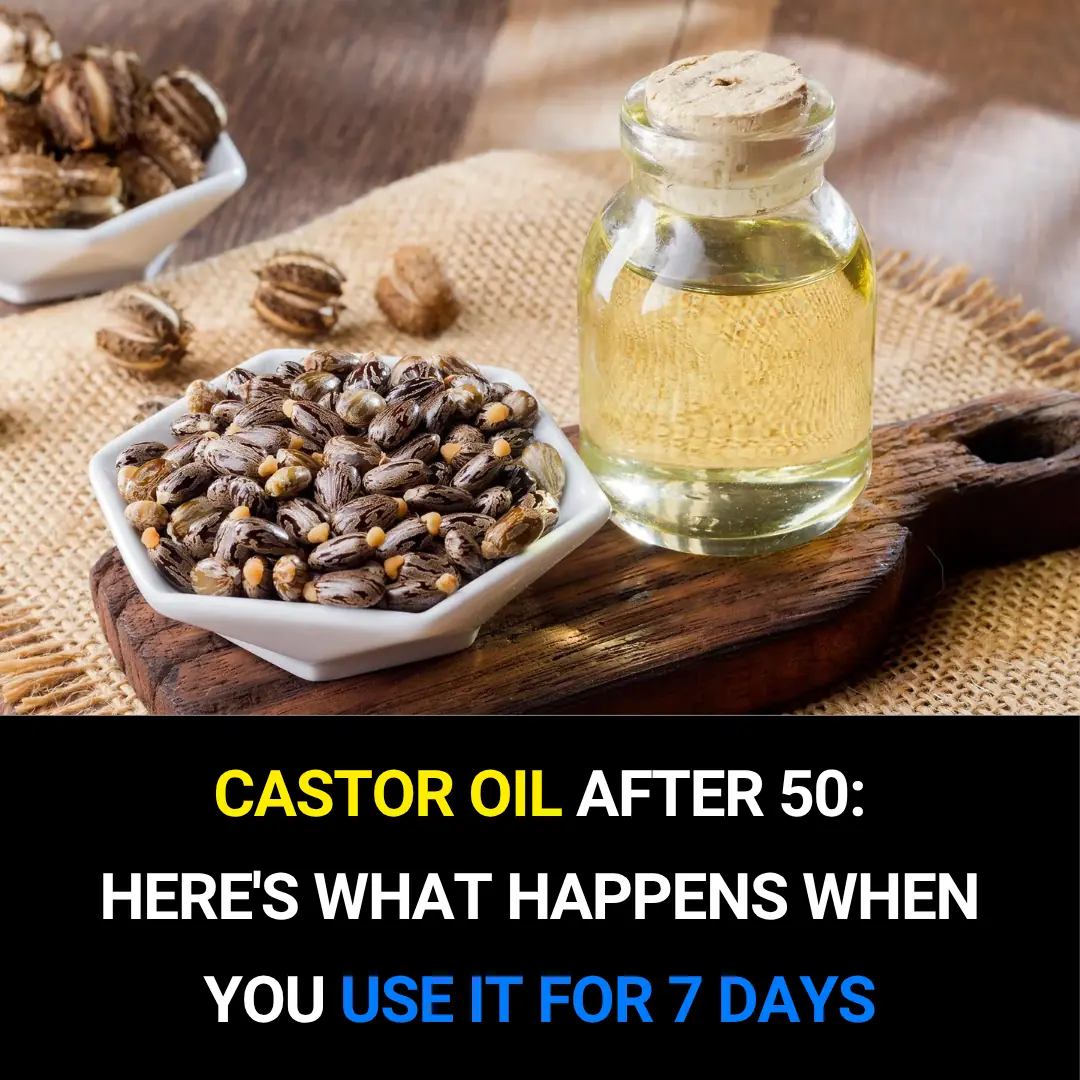
Castor Oil After 50: Here’s What Happens After 7 Days of Use! 🌿✨

Unlock the Secret Benefits of Olive Oil 🌿✨

Mix One Ingredient With Orange Juice To Flush Toxic Buildup From The Lungs

Nine-Year Study Finally Clarifies the Link Between Sugar and Cancer
News Post

Strictly star George Clarke opens up on ‘scary’ paparazzi incident with famous girlfriend: ‘Why is this relevant?’

Traitors star calls out Joe Marler’s ‘rule break’ in show finale: ‘It’s not really within the rules to do that’

Your oven hood filter is a greasy mess. Effortlessly get it clean like new again

🧠 A Neurosurgeon Says Your Legs Could Predict Dementia Years Before Memory Loss

The B Vitamin Solution: How to Lower Blood Pressure When Medications Fail

The #1 Habit That’s Quietly Destroying Muscle in Older Adults — Are You Guilty of This?

The secret to longevity after 50: 'Golden' foods for good health

‘Pause That Lil Interview’: Carmelo Anthony’s Behavior During Son Kiyan’s Postgame Session Has Fans Calling Out His ‘Drunk Dad’ Energy

Hannah Ferguson Is The Proud Owner Of The First Black Woman-Owned Cidery In Ohio

Here’s Why We Should Talk About Aunt Polly Jackson More Often

5 Important Things You Should Know About Huey P. Newton

Meet Mary Lumpkin, The Enslaved Woman Who Transformed A Slave Jail Into An HBCU

‘Six Triple Eight’ Veteran Millie Dunn Veasey Posthumously Honored With Raleigh Post Office Renaming

‘Sun Ra Arkestra’ Jazz Musician Marshall Allen to Release Debut Solo Album at 100 Years Old

3 Warning Signs That Appear Days Before a Stroke Everyone Should Know to Prevent It

9 Hidden Causes of Bloating (And the Science-Backed Fixes)

Melania Trump's outfit choice when meeting Kate Middleton and Prince William has everyone saying the same thing

5 Common Habits That Are Secretly Harming Your Heart You Probably Didn’t Know
